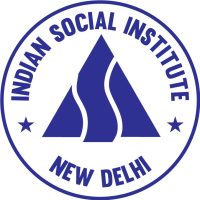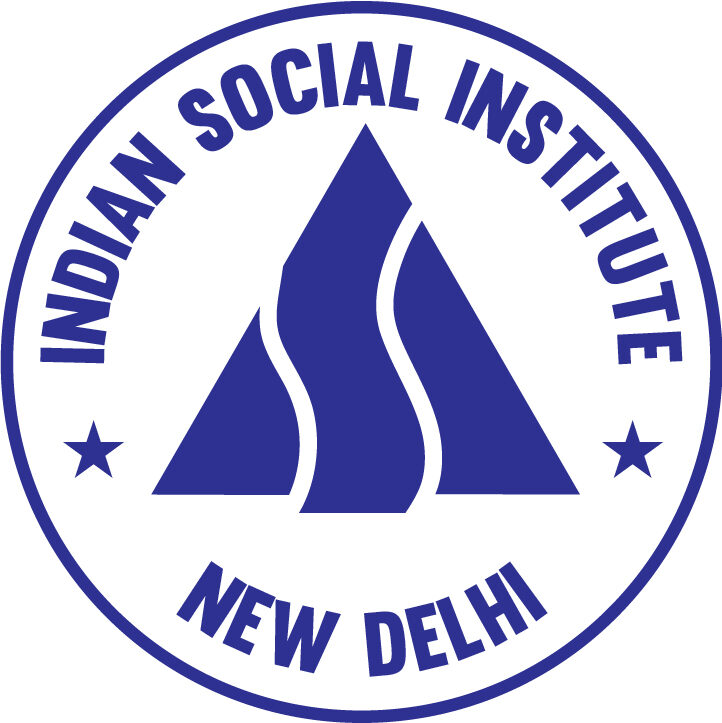Current Research Projects (2024-2025)
1. ‘Socio-cultural Distancing between Religious Communities in India: A study among college youth’, by Dr. Lancy Lobo and Dr. Minakshi Sardar
The growing religious divide and escalating intolerance in our society pose a formidable threat to the very fabric that binds us together as Indians. This disconcerting trend erodes the unity envisaged in our constitutional ideals and undermines the foundational aspirations upon which our diverse nation is built.
From a sociological perspective, we can understand human behavior by placing it within its broader social context. A sociologist examines society and identities, including race, ethnicity, caste, class, tribe, nation, sect, gender, age, education, and more. These identities often create binaries that intersect during conflicts, leading to violence and disturbing peace. However, we can work towards closing the gap by identifying these binaries, prejudices, labels, and stereotypes that create distance between individuals and groups. This social and cultural distance can be reduced, paving the way for peace and unity.
2. ‘Sacred Ecology in India’, by Dr. Subhadra C. Mitra and Lancy Lobo
The relationship between religion and the environment is now well-accepted in academic circles. It has attracted responses from major world religions. Laudato Si by Pope Francis in 2015 is an example. Never before has our planet, our home, received such global attention as recently. Terms like environment, ecology, eco-system, bio-diversity, conservation, and more have become part of our daily vocabulary. The campaign to protect our common home, the Earth, has become a global movement. The awareness to reduce, reuse, recycle, and cut down on waste, lower consumerism, volunteer for cleanliness, conserve water, choose sustainable lifestyles, plant trees, use energy-efficient bulbs, and promote environmental education has become integral to our lives. This global movement empowers each one of us to make a difference.
This volume has selected articles on sacred ecology in India from The Journal of Anthropological Society of Bombay, 1886-1936, nearly a hundred years ago. It has selected articles on sacred flora, fauna, nature, and supernature to show how Indians treated ecology and contributed to its conservation.
3. ‘Contribution of Christians to Nation Building in India’, by Dr. Lancy Lobo and Dr. Denzil Fernandes
While it is true that Christians form a minuscule minority community in this country, its contribution to national development and progress far outweighs its numerical strength. Taking stock of its contribution and assessing its performance is necessary for promoting its genuine self-respect and self-confidence and discovering the many opportunities that will come by in the future to provide the required stepping stones to manifest its vitality and excellence.
Since Independence, the role of Christian missionaries has come under the scanner of right-wing Hindus who subscribe to nationalism avowedly built on Hindu religion. Hinduism and Hindutva are not the same. The former is religious, and the second is political. Christians and missionaries are discredited for their contributions to nation-building in various sectors, especially education, welfare activities, developmental activities, health-related work, government service, inter-religious dialogue, etc. Skilled attackers continually discredit, belittle, and underplay, ignore contributions, minimise, attribute conspiracies to distort contributions, misrepresent, accuse, and throw allegations. They impute motives, spread lies, set up fake traps, file false legal charges, spread misconceptions, spread rumours and insinuations, and denigrate Christian contributions.
4. ‘Biodiversity Conservation: Health and Wellbeing of Indigenous Peoples’, by Dr. Vincent Ekka
This study is place-based research, a joint venture for global research that includes 26 countries. The University of Alberta, Canada faculty are the lead researchers in coordinating the study. The study aims at an interdisciplinary approach where indigenous scholars from different universities in India collaborate in the planning and implementation of the study. The Indian researchers aim to study biodiversity conservation on two pathways: (1) Biodiversity Conservation: Food Sustainability, Health and Wellbeing; and (2) Biodiversity Conservation and its Interface with Language, Culture and Wellbeing. The place-based research study is stretched from 2021 to 2027 into three phases: Capacity Building, Indigenous-Led Place-Based Research and Policy Transformation.
5. ‘Status of Media Literacy, Civic Literacy, and Political Participation in Seemanchal Districts of Bihar’, by Dr. Arun Kumar Oraon
Media in any country is more than just a medium for those residing there. It directly impacts all areas of their lives, helping to inform, educate, and entertain citizens. The press also encourages and inspires change in people. In the 21st century, an era of information revolution, technological progress has introduced a new dimension regarding information among people and brought significant changes in the information field. In this context, media literacy is not just a skill but a necessity for individuals and communities to cope with the information bombardment in the age of technology. This is especially true for the border districts of Bihar, where the state’s literacy rate is relatively low.
This study aims to empower the community and individuals in the Northeastern districts of Bihar with the skills and knowledge necessary to critically analyse, evaluate, and understand media messages, considering the region’s unique socio-cultural, economic, and linguistic characteristics.
6. ‘Crime Against Women in India: A Comparative Study of Delhi and Kolkata through the Lens of Culture’, by Dr. Minakshi Sardar
The violence against women (VAW) has been historically rooted, causing serious concern across all societies and cultures. The phenomenon of Femicide, which refers to the gender-based intentional killing of women, has emerged as a distinct field of study. Studies have suggested that Femicide constitute one of the cruelest forms of VAW and needs to be addressed through proper mechanisms. This project undertakes two major metropolitan cities having one of the highest records as its case studies. The study makes a comparative assessment of the pattern of femicide in the broader backdrop of VAW through a socio-anthropological approach. The study aims to understand how culture plays a role in shaping the status of women and the prevalence of VAW in these two metropolitan cities.
7. ‘Socio-economic conditions of Chin refugees residing in Vikaspuri, Delhi.’ by Dr. Shreya Jessica Dhan
The project examines the socio-economic conditions of Chin refugees residing in Vikaspuri, Delhi. This in-depth study is based on 50 household censuses and a Google survey conducted by a Chin refugee trained in data collection methods. The study’s objective is to bring attention to the gravity of their situation and the challenges and difficulties the refugees face as they navigate their new environment.
8. ‘Understanding the Gender Dynamics in Elementary Schooling: A Study within the Aspirational Districts of Empowered Action Group (EAG) States in India.’ by Dr. Yatish Kumar
This project involves a comprehensive analysis of elementary education in Empowered Action Group (EAG) states, with a strong focus on the accessibility and educational achievements of students. The study will also examine the implementation of the National Education Policy 2020. Data will be collected from various sources, ensuring a comprehensive understanding of the educational landscape. Rigorous statistical analysis will investigate the affordability, accessibility, and academic outcomes within India’s Aspirational Districts of EAG states, providing robust and reliable insights. Lastly, evidence-based strategies will foster inclusive gender equity and transform the educational ecosystem in the targeted area.

